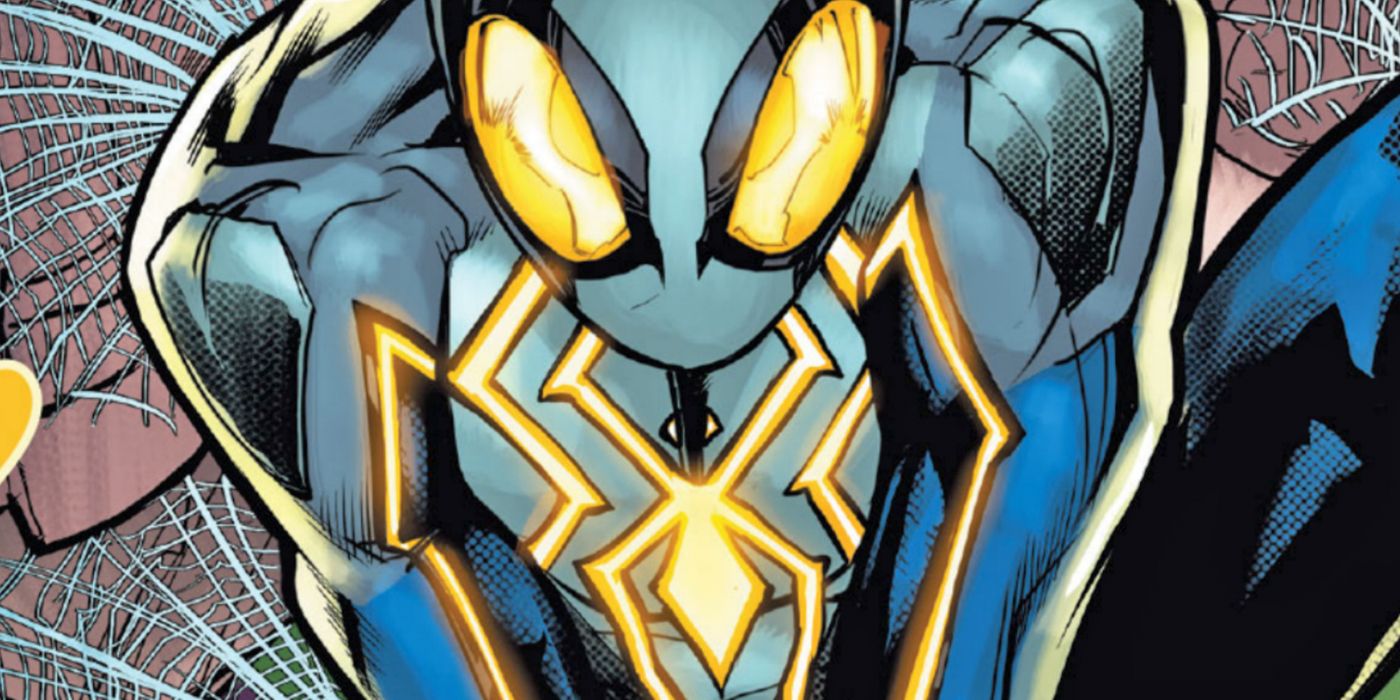In Amazing Spider-Man #61, the web-slinger takes on a gimmick that was used by a minor – and ridiculous – villain.
WARNING: The following article contains spoilers for Amazing Spider-Man #61 by Nick Spencer, Patrick Gleason, Edgar Delgado, VC’s Joe Caramagna, on sale now.
When Spider-Man puts on a new suit, it’s usually because there has been a significant change in his life. Usually it means he’s either working someplace new or working with someone new. In the most recent case, it is the former. Looking for a better way to make ends meet, Peter Parker just started working with a superhero tabloid. Spider-Man now livestreams his crimefighting to millions of viewers for a rather substantial amount of money. But Peter is not entirely comfortable with this, especially since it basically makes him the same as one of his most absurd villains: Screwball.
First debuting in Amazing Spider-Man #559 by Dan Slott, Marcos Martin, and Cory Petit, Screwball was the world’s first livestreaming supervillain. An internet personality by trade, Screwball would commit various crimes on camera and load them onto her website. At the time of her debut though, it was 2008. Livestreaming one’s activities had yet to become a part of the mainstream, so she was considered something of an oddball, but in retrospect she was actually ahead of the times.
Ultimately though, she was one of Spider-Man’s more ridiculous enemies. Her attention mongering ways would have only been annoying had she not actively been engaged in criminal enterprises. So it’s not too difficult to imagine that in his current situation, Spider-Man felt that his new job was just the heroic reflection of Screwball’s main gimmick.
The only reason Peter even decided to take up Norah Winters on the idea to livestream Spider-Man’s heroics is because he needed money. There is no other reason. He didn’t do this for the new suit and certainly didn’t do it for the followers. But even he had to admit, the job has made him more popular with the public. That is in large part thanks to the concept behind livestreaming, to connect with people on a more personal level. By giving them a glimpse into Spidey’s point of view, people can not only get the thrill of swinging through New York, but also see the battle from Spider-Man’s perspective.
For once, people could actually be there to see in person what was happening with no risk to themselves. Spider-Man wouldn’t have to be judged by other people after the fact. And that alone has already improved public opinion of him. It also doesn’t hurt that the tabloid funding all of this is paying him a large amount of money. Peter reconciles this by trying to compare it to when he took photos of himself to sell to the Daily Bugle, but he vocally admitted that this is exactly what Screwball did in the past.
Peter even humorously quipped that he thought it meant the end of civilization at the time. But internally he admitted that civilization felt different back then. And he wasn’t wrong. Screwball’s gimmick back then might have been absurd, but considering how common livestreaming and social media personalities have become in today’s society, she could be considered the precursor for a whole new wave of livestreaming heroes and villains.
Spider-Man’s foray into the world of livestreaming has demonstrated how lucrative it can be without the criminal aspect involved. There’s no need to tweet about what he’s doing or upload a quick video to Instagram when he can just show everyone what he’s doing in real-time. And the fact that it makes him a bit of money doesn’t hurt either. But fortunately for everyone else, Spider-Man isn’t doing this for fame or fortune, he just wants to keep paying the rent on time.
About The Author

